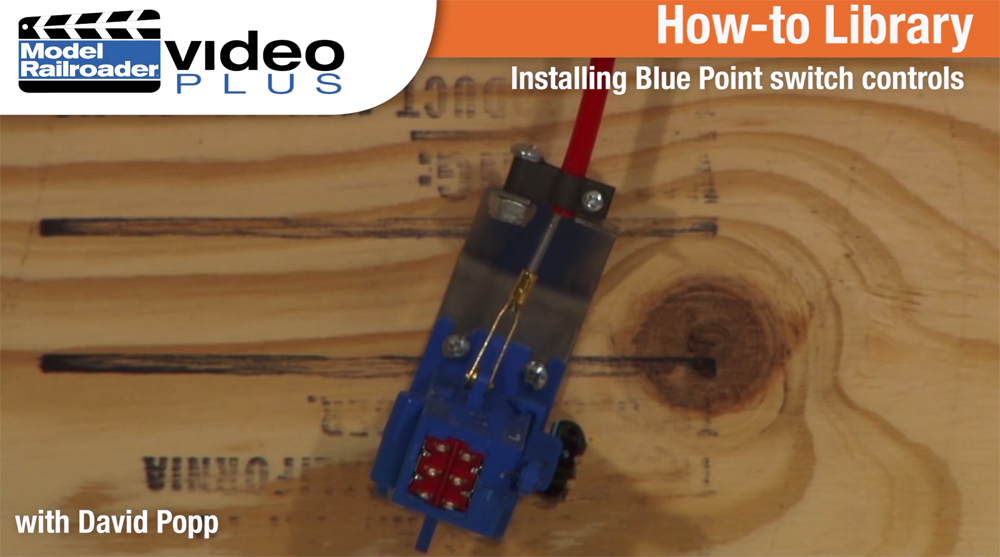
Having trouble viewing this video? Please visit our Video FAQ page In this how-to video, MRVP’s David Popp shows you how easy it is to install Blue Point push-pull control levers used to manually throw turnouts on a layout of any size, scale, or complexity. David’s demonstration talks you through the tools and techniques […]
Read More…

Having trouble viewing this video? Please visit our Video FAQ page In this how-to video, MRVP’s David Popp shows you how easy it is to install Blue Point push-pull control levers used to manually throw turnouts on a layout of any size, scale, or complexity. David’s demonstration talks you through the tools and techniques […]
Read More…
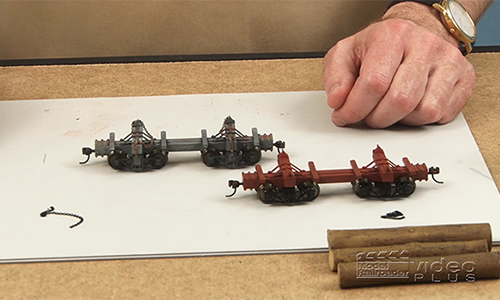
Now that David Popp has the Olympia Logging Co. On30 steam locomotives looking good and weathered, he’s turning his focus to the log car fleet on the display-style layout. Follow along as he demonstrates how to use a can of spray paint, various modeling paints applied with a brush, pre-mixed stains, and weathering powders to […]
Read More…
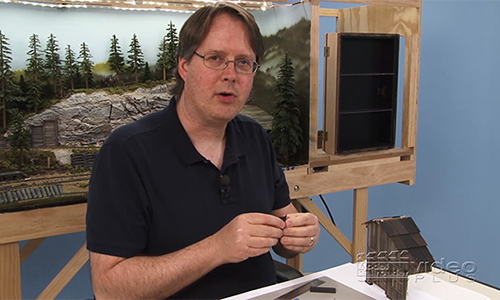
MR associate editor Eric White shares his techniques for adding a corrugated roof to a wood structure on our Olympia Logging Co. On30 display-style layout. In this video, he shows how to work with styrene sheet material to form individual panels, paint and weather those panels, and then attach them to the building. […]
Read More…
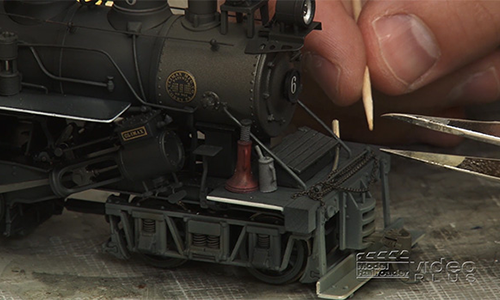
In this video, Cody Grivno continues to enhance the appearance of our Olympia Logging Co. On30 Bachmann Climax locomotive by adding select details. After referencing prototype photos, Cody shows how and where to add crew figures, oil cans, chains, tools, and many other details that help make this locomotive look like an authentic logging company […]
Read More…
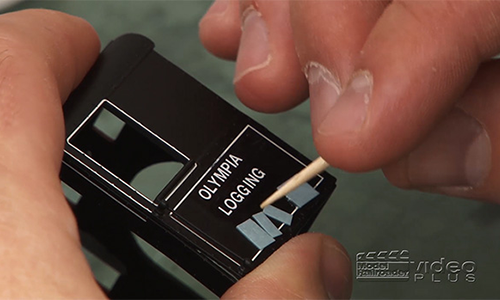
As the layout construction and scenery work progresses, MR’s Cody Grivno continues to prep the Olympia Logging Co. steam-powered workhorse for service. In this video, he demonstrates how to reletter our factory-decorated On30 Bachmann Climax. When an initial technique falls short, Cody cleverly introduces an alternative process using a floor finishing product. […]
Read More…
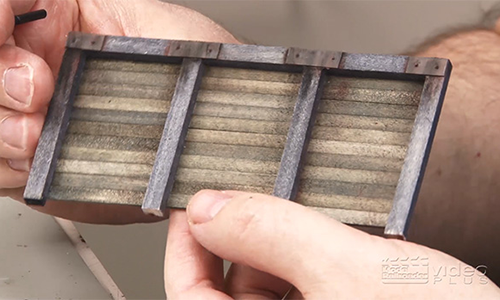
After kitbashing a timber snowshed for our Olympia Logging Co. On30 layout, MR associate editor Eric White decided to make good use of leftover kit components. In this video, he shows how to assemble a retaining wall using stripwood and detail parts. Eric also shares insights on adding rust effects with weathering powders. […]
Read More…
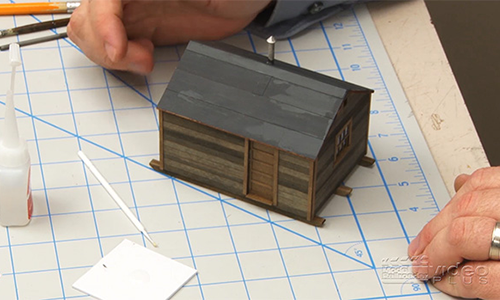
After making a cardboard mock-up of a timber snowshed for our Olympia Logging Co. On30 layout, MR staffer Eric White starts to build the structure kit. Eric demonstrates the complete kitbashing process, ranging from how he stains, measures, and cuts the stripwood to fitting the final structure into position on the layout where it will […]
Read More…
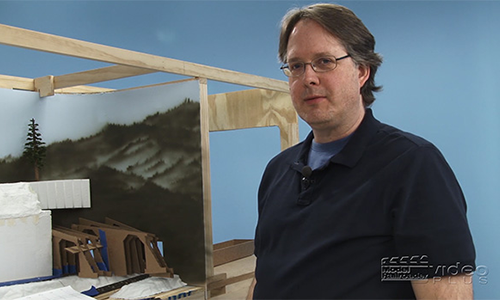
Model Railroader magazine’s new staff member Eric White will kitbash a timber snowshed for our Olympia Logging Co. On30 layout. But before construction begins, he’ll first share how to make a useful cardboard structure mock-up. Along the way, Eric shows how a mock-up can immediately reveal issues to address, without needlessly sacrificing kit parts. […]
Read More…
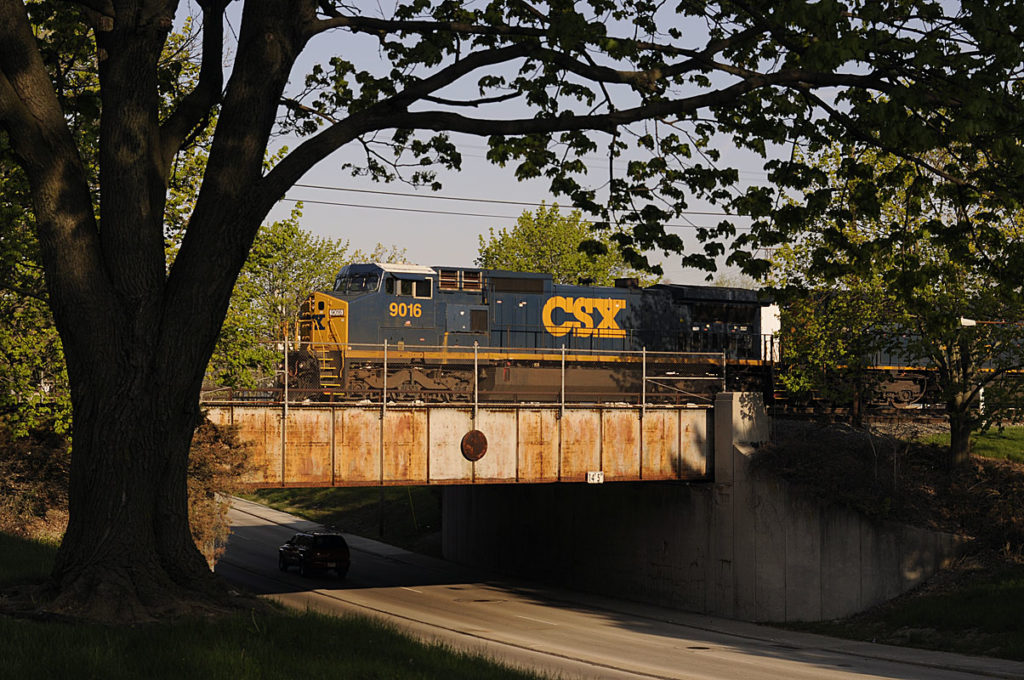
Eastbound CSX train Q216 rolls over the state Route 12 underpass on the east side of Fostoria, Ohio, on May 6, 2014. The track is former Chesapeake & Ohio. Photo by Dale A. DeVene Jr. […]
Read More…

In this video, Ben Lake completes the assembly of a laser-cut wood structure for MRVP’s On30 Olympia Logging Co. display-style layout. Ben shows viewers just how easy it is to build up a basic kit and add the details that make it look like an authentic structure for the mountain scenery we’ll prepare next! […]
Read More…
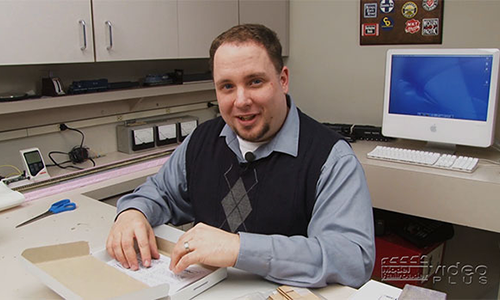
MRVP’s Ben Lake steps out from behind the camera and settles down at the workbench to assemble a laser-cut wood structure for our On30 Olympia Logging Co. layout. In this first of two videos, Ben shows how to prep and stain the parts from an American Model Builders skid shack kit, before starting on the […]
Read More…











